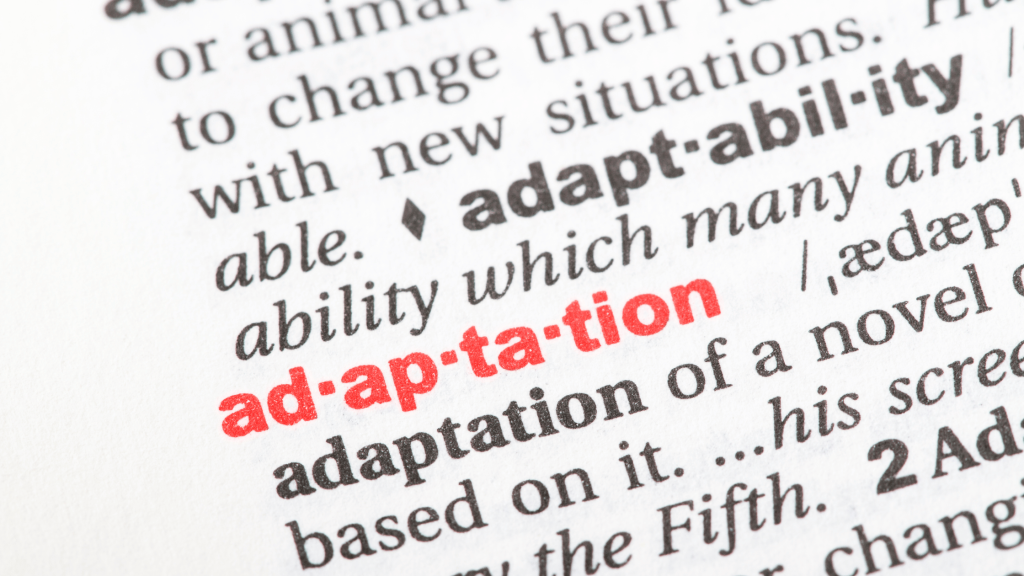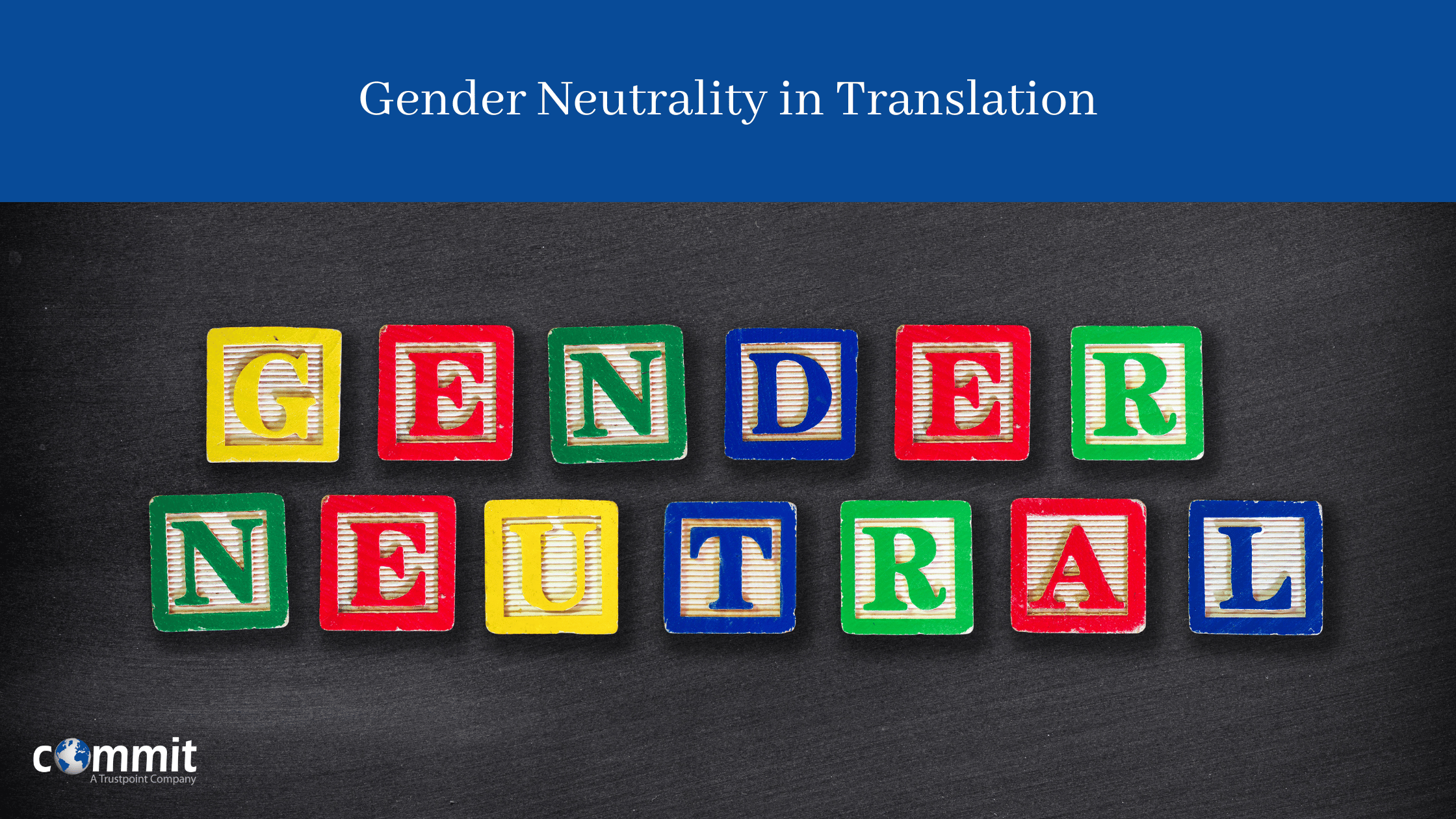|
Listen to Post
|
Your globalization and market expansion strategy calls for a very targeted localization approach, even in region-specific languages. Let’s say that you need to create translated versions of a document into several French flavors, including French for France, French for Canada, French for Belgium, and French for Switzerland. The translations are to be published and used in the respective target-country and are intended for native speakers of the target language.
What you are aiming for, is creating content specific to regional customs, cultural preferences, and norms. Content tailored to the linguistic preferences and cultural nuances of your target audience. How should you proceed? Do you actually need to have the text translated into all four languages? Should you find translators for each locale?
Sure, this is something one can opt for with the high probability of ending up with four very different translations in a set of languages that are greatly alike, with the exception of certain linguistic and cultural differences. And the investment won’t go by unnoticed. What is the alternative?

Translation Adaptation: How It Works
In translation adaptation we can localize one target language and then adapt the localized outcome for use in a different locale. Translation adaptation is the technique that involves the alteration of text to ensure it fits in a particular language or cultural context. Alteration may be needed for linguistic reasons (spelling, various grammar/syntax conventions or lexicon) or cultural reasons (e.g., date and time formats, units of measurement, currency, etiquettes etc.)
In language families, one language is typically considered to be the “primary locale” (also called “parent locale”), meaning that the content usually gets translated into this locale first. Once completed, it is used to produce the other language variations, making the necessary changes and tweaks to achieve linguistically and culturally appropriate output that is always conceptually equivalent to the primary locale.

Translation Adaptation Steps
- Start by checking in what way your targeted locales are alike, and in what ways they differ. Continuing our French example below, can the French (France) translation be used for the French audience in Belgium? Mostly yes, except for some differences in vocabulary (In Belgium they use some words that are considered archaic in France), some loanwords from other languages such as Dutch, or in the formulation of numbers [“soixante-dix” (sixty ten) in France but “septante” in Belgium]. Whereas the French-Canadian version would suffer more changes due the greater number of differences seen in vocabulary (for example “boisson” versus “breuvage” for “drink”), expressions and idioms (“de rien” versus “bienvenue” for “you’re welcome”), syntax rules, use of anglicisms, typography conventions etc.
- Select your “primary locale” and produce the first translation. Typically, it would be French for France with the other flavors being the secondary locales. If, however, the release of the French-Canadian version is first in your planner, or if you have already completed the translation into French Canada and have it available, then it can equally work as a parent locale to be adapted into French for France.
- Ensure that you are happy with the “parent translation”, that it is final and error free. As this translation will serve as the foundation for other language versions, it’s crucial to eliminate any errors to maintain consistency and quality across all iterations.
- Find the right resources to perform the adaptation. In order to ensure that your translations will be tailored to the region-specific nuances and that all locale differences will be picked up and reflected, make sure your translation partner assigns the adaptation task to qualified linguists native in the target local, ideally residing in the target country.
- Calculate the adaptation effort in terms of cost and time. Adaptation is carried out much faster than translation, usually at 1/3 of the time. The effort is approximately 1,000 words per hour, and compensation of work could be on an hourly or on a per word basis. In any case, it is much cheaper than translation.
- Provide clear instructions on what adaptation entails. Ask the linguists to check if the existing translation needs to be adapted to comply with the target language grammar, spelling, syntax or punctuation rules. Highlight any sensitive items you may be already aware of and ask them to check if the existing translation needs to be adapted to better suit the culture of the target language. Additionally, emphasize that the current translation is a finalized and approved version ready for release. Any modifications should be introduced solely for adaptation purposes and not as a matter of preference.
- Use CAT and QA tools. For the actual adaptation work, there are several CAT tools and platforms that offer a user-friendly adaptation environment with a comparative view of the original and adapted version, allowing for overall control and visibility of the changes introduced. Ensure your translation partner utilizes tools that streamline the process, and verify that the adapted version undergoes a comprehensive Quality Assurance check for accuracy and precision.
- Check out the efficiencies. Enjoy budget and time savings and, most importantly, locale tailored translations that preserve uniformity and consistency!

In crafting a targeted localization strategy for global expansion, consider the efficient approach of translation adaptation. Rather than translating separately for various language flavors, choose a “primary locale” and adapt the content for other regions, ensuring linguistic and cultural relevance. Collaborate with native linguists and provide clear instructions for streamlined adaptation. This method not only saves time and budget but also ensures consistent, culturally nuanced content across different locales.
Need help with translation adaptation? Contact our friendly team today!









